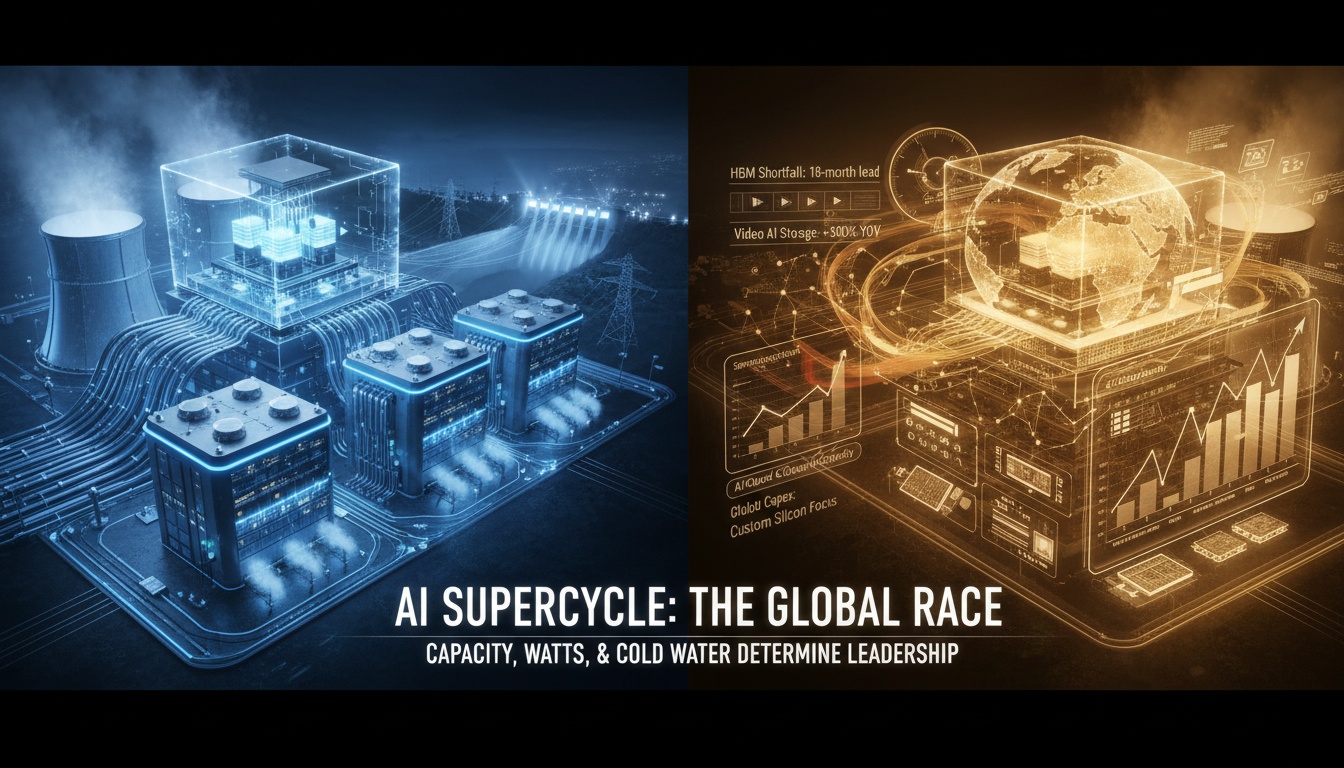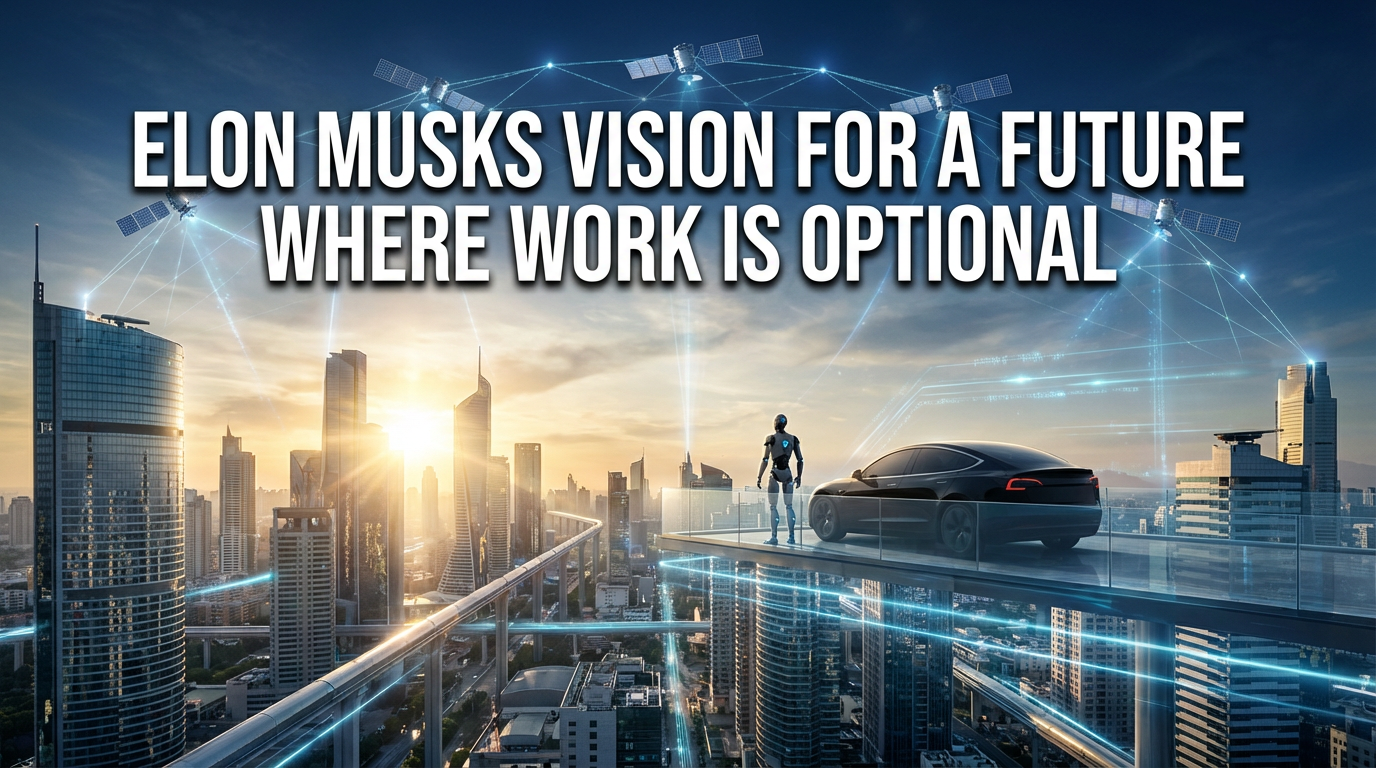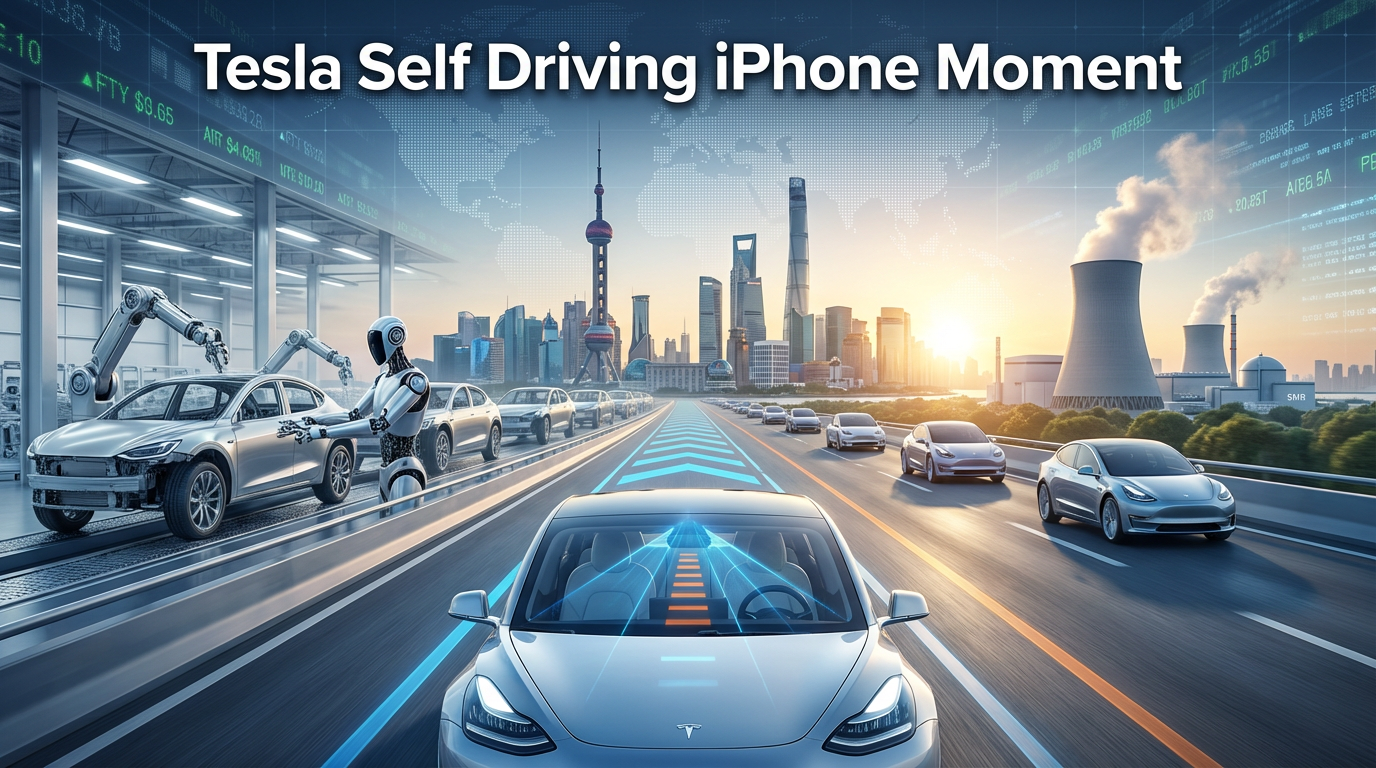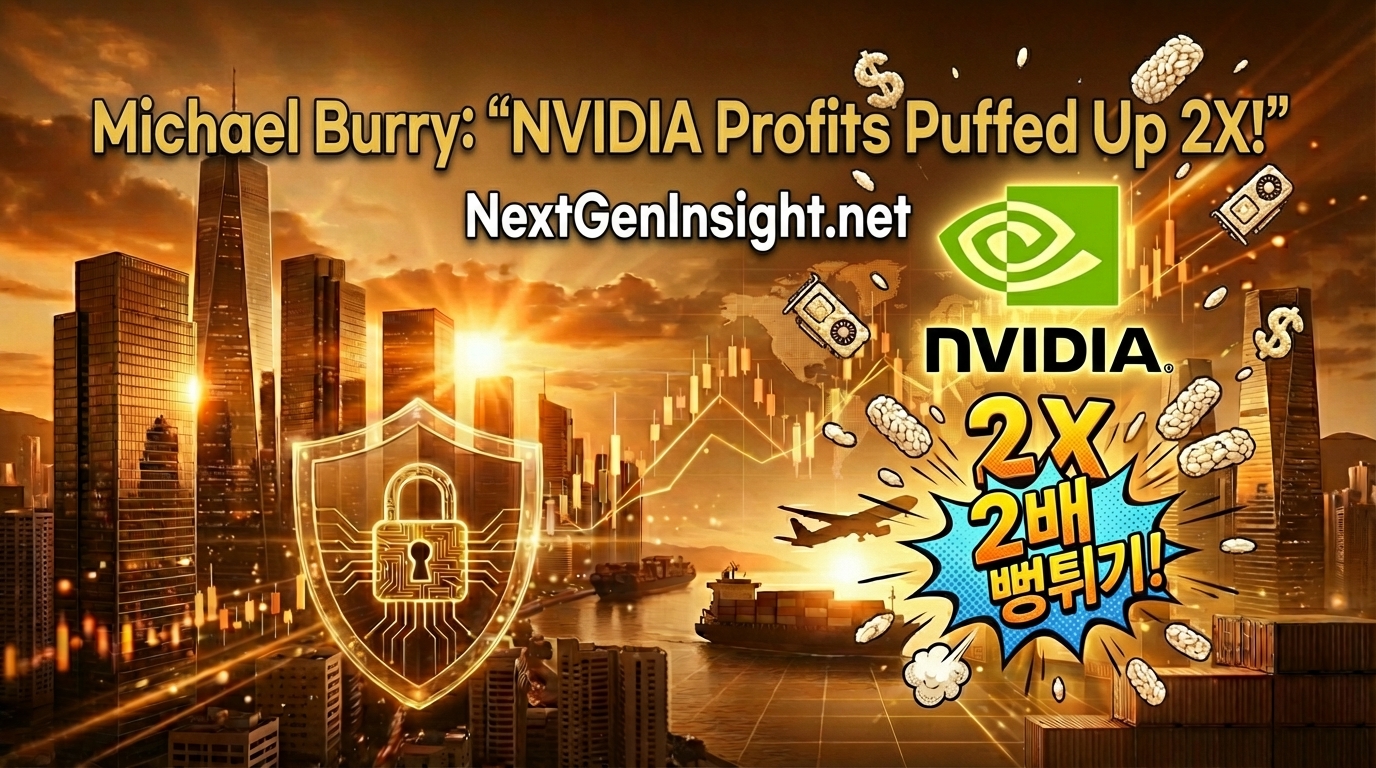● HBM Crunch Sparks Video AI Boom, 6GW Compute War
Artificial Intelligence’s Second Inflection Point: The Reality of HBM Shortage, the Explosion of Video AI, the 6GW Computing War, and the Investment Checklist
In this article, we cover the true meaning behind the demand for 900,000 HBM wafers, the storage demand battle triggered by video AI, an interpretation of the OpenAI-AMD 6GW contract by its numbers, the sustainability of hyperscalers’ Capex, and the real risks that could burst the bubble.
It also summarizes points rarely touched on by other YouTube channels or news, such as CoWoS/TSV bottlenecks, ABF substrates, and secondary bottlenecks like power grid, cooling, and network egress costs.
We will finish with an actionable checklist from the perspective of the global economy, semiconductors, artificial intelligence investments, data centers, and digital transformation.
1) Why Now Is the ‘Second Inflection Point’: Structural Changes Behind the Headlines
- Key Point Beyond the Headline 1: The demand for 900,000 HBM wafers per month is not just a simple explosion in demand; it signals that “HBM has become the entry barrier and core of pricing power in the AI value chain.”
- Key Point 2: The shift from text to video AI forces a simultaneous expansion of the entire stack—computation, memory, storage, and network.
- Key Point 3: The trend of contracting computing power in GW units means that the game has changed to include infrastructure competition covering “power, cooling, and location.”
- Key Point 4: With hyperscalers’ Capex rising relative to operating cash flow (OCF), the trade-off with share buybacks and dividends is becoming a reality.
- Key Point 5: OpenAI’s pace of cash burn and reliance on large-scale funding could potentially trigger a reversal in market sentiment.
2) The Meaning of 900,000 HBM Wafers/Month: Real Demand and Even Greater Bottlenecks
- Facts and Interpretation: The market has received a monthly demand equivalent to 900,000 wafers of HBM, which far exceeds the estimated global HBM capacity.
- Qualitative Point: HBM is not just a memory; it is a sum of complex processes including TSV stacking, CoWoS packaging, ABF substrates, underfill/adhesive, and more.
- The Four Key Bottlenecks
1) TSV/stacking yield and turnkey capacity of the equipment.
2) The limits of day-and-night operation for CoWoS packaging (led by TSMC) and the speed of switching to alternative packaging (flip-chip, FOPLP).
3) Supply constraints and quality variations in ABF substrates (substrate).
4) The ‘mix squeeze’ phenomenon where legacy DRAM capacity is sacrificed due to HBM expansion. - Investment Implication: The HBM cycle is expanding not only to the memory top tier but also to packaging, substrates, equipment, and materials.
- Checklist Factors: Company-specific HBM capacity guidance and legacy DRAM mix, speed of CoWoS slot expansion, persistence of ASP increases, and the possibility of double ordering.
3) From Text to Video: The ‘Triple Cost’ of Storage, Network, and Content Safety
- Product Change: When video generation models (e.g., the latest Sora series apps) merge with mass-market apps, production and consumption explode on a single platform.
- Data Volume: A 1-minute clip at 4K 60fps is approximately 0.5–1.0GB, meaning a 10-minute clip could be around 5–10GB—generating data volumes 10^3 to 10^5 times larger than text/images.
- Triple Cost Structure
1) Storage: Simultaneous expansion of HDDs (cost-effective per TB) and QLC/PLC SSDs (performance and density).
2) Network: The rising importance of CDN, egress costs, and edge caching.
3) Safety: Fixed costs associated with copyright/personality rights filtering and content moderation. - Market Reaction: The recent rally in NAND/SSD and HDD value chains over the past month is evidence that the perception of AI is shifting from “AI = computation” to “AI = storage/transmission/verification.”
- Winners: Enterprise SSDs, object storage, beneficiaries of QLC/PLC transition, HDDs with helium/20TB+ high-capacity lines, and companies with controller/firmware IP.
4) Interpretation of the 6GW Computing Contract: Translating Numbers into Reality
- Unit Conversion: Data centers are usually measured in MW.
- 6GW = 6,000MW is equivalent to about 60 large-scale AI-dedicated data centers at around 100MW each, representing the highest estimated figures in industry history.
- Rough Estimate Example: Assuming an 8-GPU server draws approximately 6–10kW, 6GW would equate to on the order of hundreds of thousands to a million servers.
- Key Point: This number is likely the marketing total based on “power contract limits and phased expansion,” with a gradual deployment anticipated over 3–5 years.
- Infrastructure Bottlenecks: The speed of implementation will be determined by power permits, transmission lines, cooling (immersion/rear-door), site permits, and substation infrastructure.
- Investment Consideration Points: Changes in GPU vendor market share, yields of alternative accelerators (such as AMD) and the maturation of their software ecosystems, and different GPU mix strategies by CSPs (training vs. inference).
5) Hyperscalers’ Capex vs. Cash Flow: The Red Line of Sustainability
- Current Situation: With some big tech companies experiencing a rising ratio of Capex to operating cash flow (OCF), balancing this with share buybacks and dividends has become a key focus.
- Red Line Scenarios
1) Consecutive quarters where Capex/OCF exceeds 1 may signal expanded borrowing or new equity issuance.
2) Funding obtained during periods of rising interest expenses could result in a discount to stock multiples. - Macro Variables: The interest rate trajectory and credit spreads directly affect valuation elasticity.
- Monitoring Indicators: Changes in Capex guidance, OCF trends, shifts in net cash/net debt, adjustments in buyback scales, and disclosures/rumors regarding data center power contracts.
6) OpenAI’s Risks: Driving the Market or Waking It Up?
- Expanding operating losses and cash burn relative to revenue assume continued large-scale external funding.
- Strategic investments or advance purchase agreements from major partners (cloud/GPU providers) may serve as a bulwark, but these could be conditional or executed in phases.
- Five Potential Triggers
1) Rumors of further funding round difficulties or downward revisions in valuation.
2) Increased regulatory and copyright risks for generated videos.
3) The emergence of computing demand elasticity through efficiency-driven models and inference optimization.
4) Deployment delays due to power and site constraints.
5) A slowdown in the conversion rate to paid services/ARPU and a mismatch in cost structure.
7) Checklist for Korean Investors: Opportunities and Pitfalls
- Opportunity Sectors
1) Memory: HBM leaders, optimization of the legacy DRAM mix, and HBM-related materials/equipment.
2) Packaging/Substrate: Linked to CoWoS, ABF/multi-layer substrates, underfill/solder/resin.
3) Storage: Enterprise SSD/NAND, high-capacity HDDs, controllers/firmware.
4) Data Center Infrastructure: Power conversion (UPS/PDUs), thermal management (immersion/cooling), cables/optical modules. - Pitfall Points
1) Short-term spikes followed by adjustments triggered by double ordering or excess pre-stocks.
2) CoWoS/TSV bottlenecks delaying the timing of earnings recognition.
3) Periods when valuation relays occur faster than the rate of upward earnings estimates. - Positioning Tips
1) In the early to mid-cycle, maintain a higher proportion of structurally beneficial stocks; during overheated phases, reduce allocations or manage cash ratios.
2) A 3x leverage is difficult to manage in volatile periods. A core-satellite strategy is recommended rather than pairing a theme with infrastructure.
3) Rebalance in line with guidance and capacity expansion comments before and after earnings seasons.
8) Key Points Often Overlooked by Other News Outlets
- ABF substrates and CoWoS slots are as important as HBM yields. Bottlenecks determine the timing of earnings recognition.
- The costs of video AI may be higher in terms of network egress and fixed moderation expenses than storage.
- The longest lead time is in obtaining permits for power grids. Site selection and transmission capacity will define competitiveness.
- If CXL and memory pooling improve efficiency relative to DRAM/HBM capacity, company-specific mix strategies will create profitability disparities.
- Data localization regulations increasing redundant storage across edge/regions could structurally boost storage demand.
9) Action Checklist for the Next 90 Days
- Check for updates on new HBM/CoWoS orders and lead times.
- Monitor hyperscalers’ comments on Capex/OCF and any changes in buyback scales.
- Watch for trends in enterprise SSD ASP and the expansion of QLC ratios among storage vendors.
- Track announcements on data center power contracts, site selections, and roadmaps for the adoption of immersion cooling.
- Monitor regulatory and copyright issues related to generated videos and changes in moderation policies.
Conclusion: The Direction Is Correct, but Speed and Leverage Are Key
The direction is clearly “upcycle,” and the foundation of the second inflection point lies in the simultaneous convergence of demand, infrastructure, and app popularization.
However, speed will be moderated by infrastructure bottlenecks and cash flow constraints.
The core should be held long-term; satellites should be scaled down or managed through cash ratios during overheated periods, and restraint in leveraging is the key.
< Summary >
- HBM has emerged as the core of demand and pricing power, with bottlenecks arising from TSV/CoWoS/ABF/power.
- The popularization of video AI is expanding storage, network, and safety costs simultaneously.
- Although the 6GW contract is massive, its phased deployment is predicated on constraints in power, cooling, and site selection.
- The balance between hyperscalers’ Capex and OCF will influence stock multiples.
- OpenAI’s funding and cash burn may act as short-term sentiment triggers, necessitating careful monitoring.
[Related Articles…]
HBM Supercycle: The Revaluation of Korea’s Semiconductors Has Begun
Video AI Sparks a Battle in Data Center Storage
*Source: [ 내일은 투자왕 – 김단테 ]
– 인공지능의 두번째 변곡점이 시작된 이유



